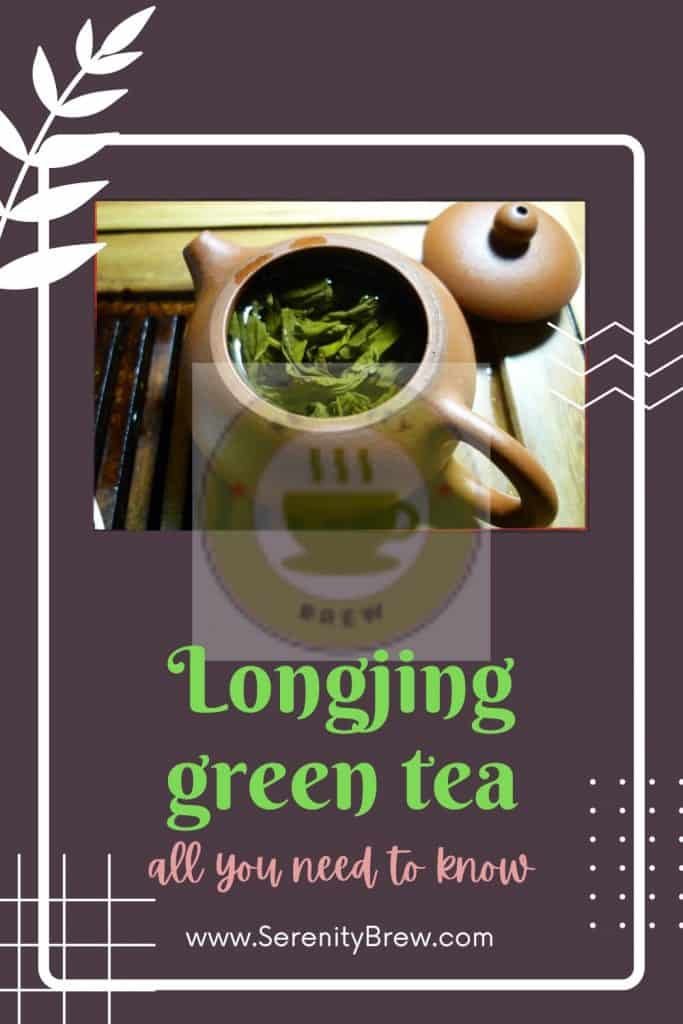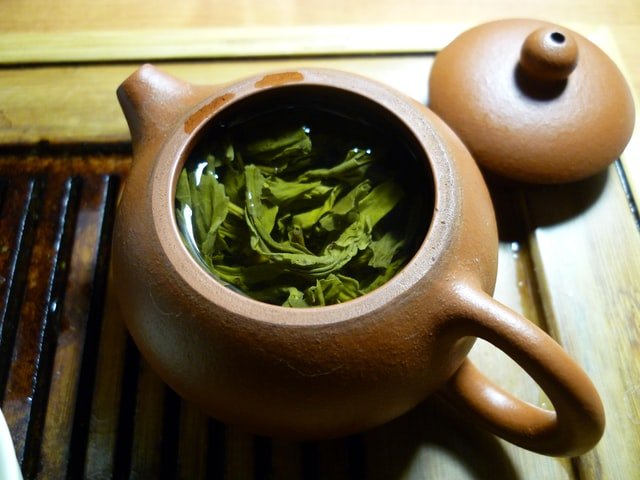
Longjing green tea
China is the world’s largest tea producer. We have talked a lot about the different varieties that reach the West. On this occasion, we want to introduce you to Longjing, also known as Lung Ching or Dragon Tea.
This green tea is grown in Hangzhou, in the Zhejiang province, in the east of the country. It is a very famous tea due to its very high quality; in fact, it is sometimes referred to as “China’s most famous tea”.
The history of Longjing
As always when we refer to the history of tea, it is not based on 100% corroborated facts but on legends. The first recorded mentions of this variety appear in the ancient Chájīng (or Great Book of Tea), from the 8th century.
This tea has earned its name due to the town where it is grown. This would not be at all curious if it were not a very special town: one where dragons lived, at least according to legend. To be exact, these iconic and powerful creatures lived in a well in the village.
In fact, it is believed that the dragon of the well had the power to control the weather and, for this reason, the farmers of the area never lacked the rain necessary to obtain quality tea.
Beyond this nice story, Dragon Tea is also legendary for having been an imperial tea. Members of the Qing Dynasty drank it from the time the Qianlong Emperor tasted it on a visit to the city and decided to take the tea with him for his mother to taste.
The story that has been passed down from generation to generation tells that the mother was in poor health but after drinking the tea, she began to feel much better. For this reason, the Longjing obtained the distinction of imperial tea.
The production of Longjing
As it is a high quality tea, the leaves of Camellia sinensis, the tea plant, are harvested manually during different times of the year. It’s worth noting that the best (and most expensive) tea is harvested after the Qing Ming Festival; in fact, it is called Ming Qian tea. The leaves that are collected after this time will give rise to a tea of lower quality, but equally delicious called Yuqian.
After harvesting, the leaves are roasted in large woks over open fires to “kill the green”; that is, to stop natural oxidation. Each leaf is also subjected to a process to release all its aromas, which is carried out manually on the wok according to the humidity and color of each leaf.
The result? A tea with an elongated and flattened shape that is due to the great skill of the tea workers who carry out a very difficult process to obtain a tea of the highest quality.
The different types of Dragon Tea
There are different varieties of Longjing Tea that show different qualities depending on the moment in which the leaves have been harvested. Among them are:
- Xihu Longjing: it is the most famous and of the highest quality. The leaves are collected when they are just buds, in early spring. Due to its exceptional quality, it is not easy to find outside of China.
- Shifeng Longjing: It is a fresh tea with a strong nutty aroma.
- Meijiawu Long Jing: The leaves stand out for their pungent green color that gives rise to a toasted liquor with a nutty flavor and a fairly pungent sweet taste.
- Bird tongue: its leaves are harvested around March 21 and a very intensely sweet tea is made with them.
- Ming Qian: is, without a doubt, the best of the Longjing. Its harvest cycle is very short and, therefore, its price is quite high. It is golden in the cup with the aroma of incense and a sweet and salty taste at the same time, with toasted and nutty notes, and a spicy and fresh finish at the same time.
How to prepare a perfect cup of Longjing

Dragon tea is a particular drink and, as such, you should pay attention to much more than its infusion. To begin with, it is not served in a cup but in a glass, specifically glass or, failing that, porcelain.
Why is crystal ideal? Because that way you can appreciate the dragon dance in all its splendor. When the leaves get wet they will go down and up inside the glass, with great elegance, and will represent an ancestral dance for you. Do not miss it!
Ingredients
- 2-3 grams per cup
- 1 cup of water
Elaboration
- Heat the water to between 70 and 80 ºC. It is very important that you respect this temperature so as not to leave the leaves. A green tea infused at temperatures that are too high can become bitter and thus change its flavor.
- Stir the leaves into the water at the indicated temperature (use a tea thermometer to measure it).
- Let stand for two minutes.
- Strain and serve.
Note: Longjing tea can be steeped multiple times. For the best flavor on the second or third brew, slightly increase the brew time.
If you have the opportunity, try this green tea with an interesting flavor. Unlike other varieties, it is not such a vegetable tea, but the floral notes and even a touch of walnut stand out more. However, it is a soft and sweet liquor that is usually very popular.
